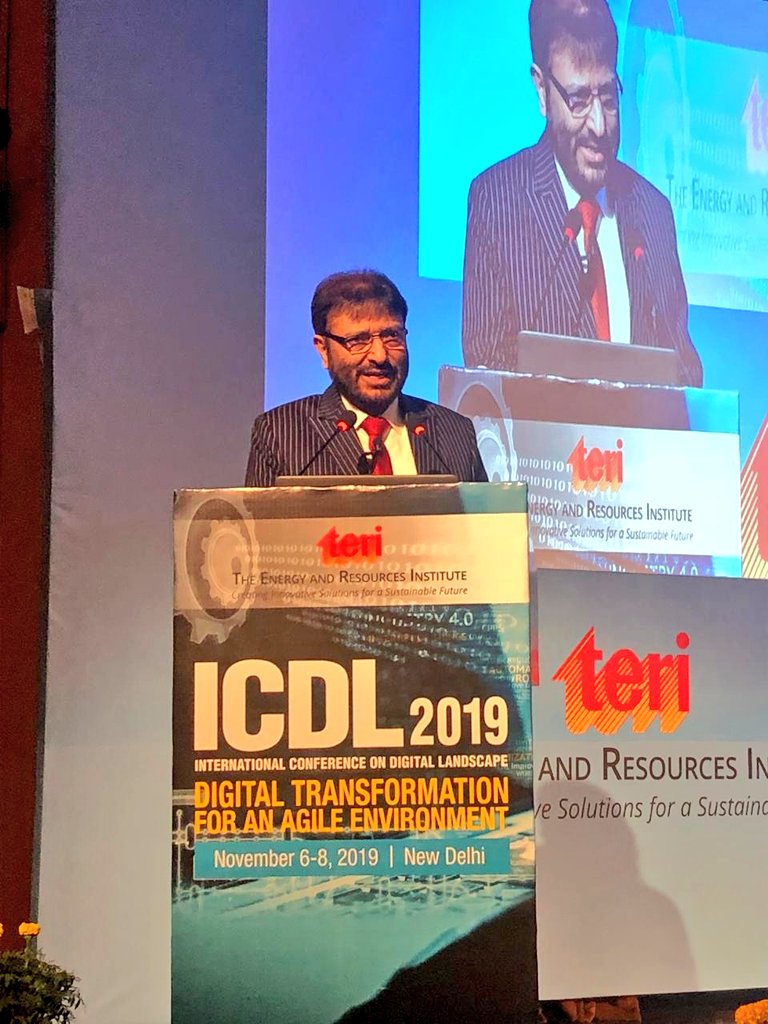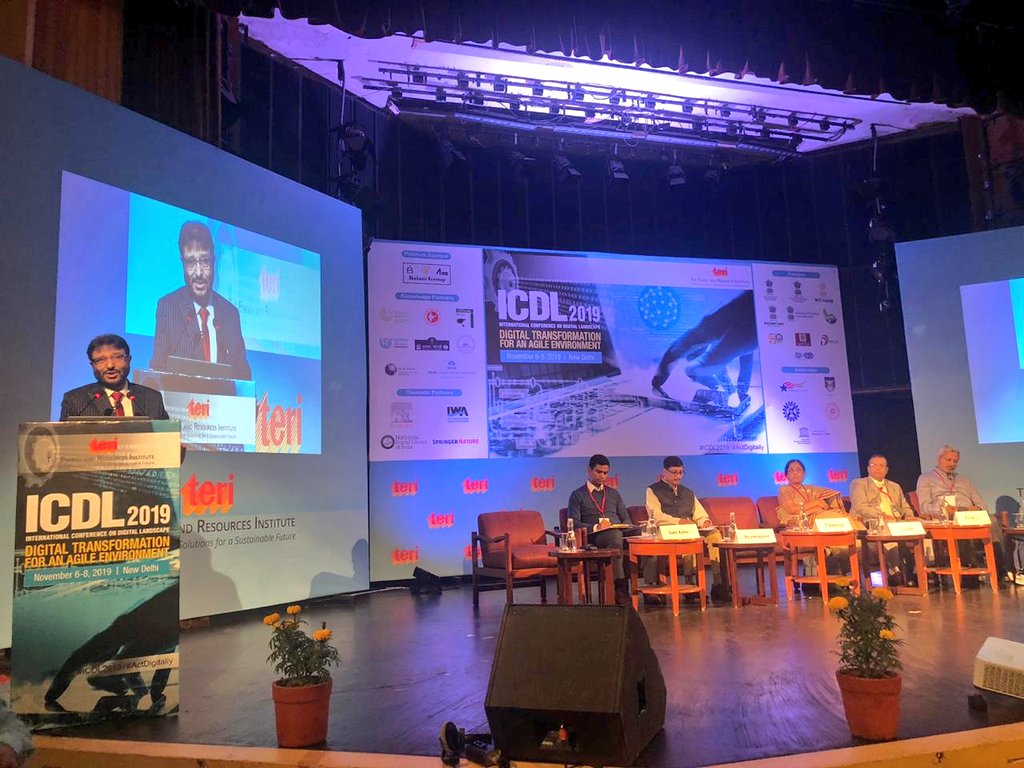
“Changing
content Landscape” from Linear to Digital
Conventional broadcasting which was prevalent over a
century is facing the challenges from the rapidly changing technologies in the
communication sector. Emergence of multiple digital broadcast platforms
disrupted the business models of the conventional radio and television
broadcasting in this decade and more so in the last 5 years. Availability of
fast and affordable broadband internet had thrown challenges to the
conventional broadcasting but at the same time offered numerous opportunities.
A recent study indicates that, on an average an internet user consumes 170 mts
of internet per day and will soon surpass the average TV viewer time in many
countries, like US. The west and the Latin American countries still dominate in
the conventional broadcasting than the internet-based platforms.
What made
these challenges?
·
Emergence of fast
and affordable broadband internet and IPV6 protocols
·
Emergence of
multiple broadcast platforms in the conventional sector, Terrestrial, Cable and
DTH
·
Commercialization
of OTT platforms, like Netflix, YouTube, Hotstar
·
Changing
demography of the listeners and viewers.
·
Migration of the
rural population to the major cities and even across the world. This change in
time zone and work patterns brought the necessity of “Anywhere anytime
concept in the broadcasting”. A content consumer cannot wait for a
particular broadcast time slot the broadcaster decides. This would be possible
only if the content is Digital and NON-Linear.
·
Availability of
large number of personal devices at affordable cost made viewing and listening
a personal experience, rather it brought another dimension to TV viewing called
“Multi screen homes”
·
It is predicted
that 25% of media consumption will be through mobile handsets, it was only 5%
in 2011.
·
A few more digital
broadcasting platforms are expected soon, Apple, Disney, Warner media etc..
·
Casting from small
screen to big screen by Google chrome, Alexa etc and the Android TV etc has
opened more versatility in content consumption. This would be again possible
only if the content is Digital.
The
opportunities offered are many to the broadcasters
·
New platforms
expand advertisement revenue opportunities.
·
Targeted audience
focusing and premium contents.
·
Targeted
advertisement. If the internet user searches a product in any of the e-commerce
sites, this can be tracked and give targeted advertisement through the Digital
content. This will give the concept of SVODs and AVODs. (Select Video On Demand
and Advertising Video on Demand).
All these are
possible only if the content is Digital and Non- linear

Can Linear
content survive?
Conventional broadcasting was traditionally Linear in
nature. Produce the content and store in tapes or discs. Access linearly in
time and broadcast linearly. Broadcaster decides the content and the time of
broadcast and the consumer compelled to listen / view linearly. This linear
viewership numbers is obviously heading in a wrong direction, and may survive
for some more years. But definitely there will always be some audience and a
purpose for it.
What is the solution?
Change the
content production from linear to Digital (Non-Linear)
To make
broadcasting Non- Linear content viable,
·
Prepare viable
business models
·
Ensure that the
content is available in most of the possible platforms
·
Develop targeted
advertising based on the research data.
·
Prepare non-
linear content in digital mode
·
Distribute and
store the digital content in the CLOUD so that the access latent time
can be reduced.
·
Have a leased /
dedicated content distribution network using optimum data compression and
coding technologies.
·
Produce
challenging content in digital mode across all genres.
·
Use digital
platforms and internet search engines for audience research. Categorize the
pattern of digital content consumption.
·
Open sourcing of
digital content for distinct audience.
Production of
Digital content targeted for different audiences and streaming seamlessly
across all broadcast platforms can bring success to the broadcaster.


No comments:
Post a Comment